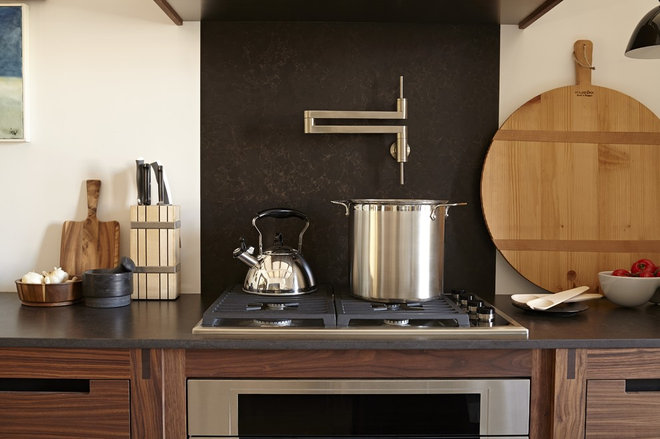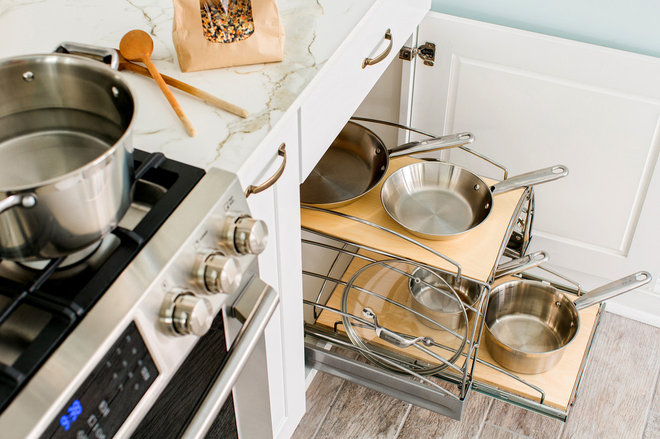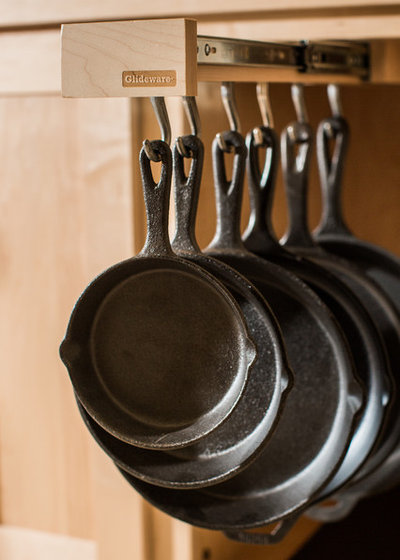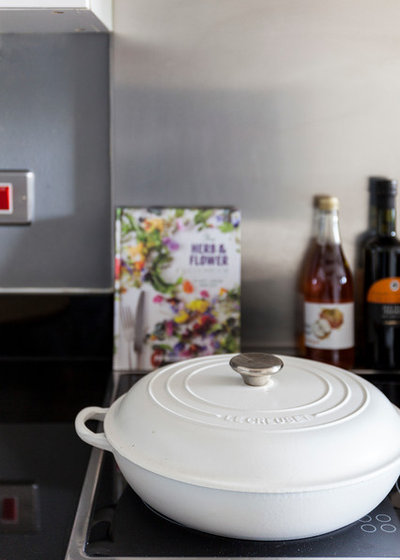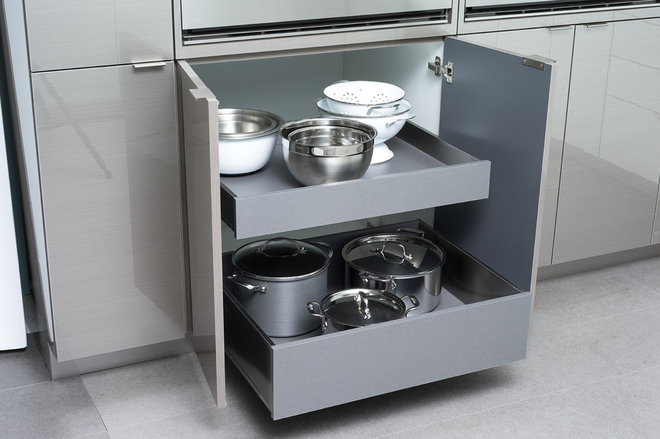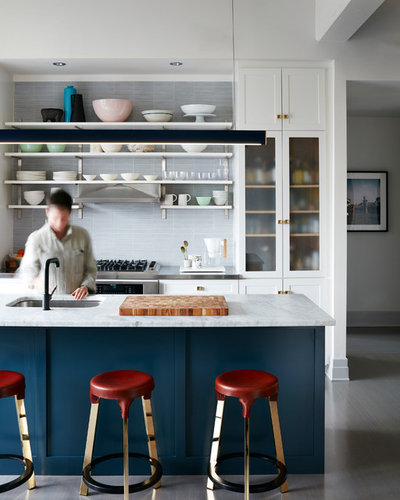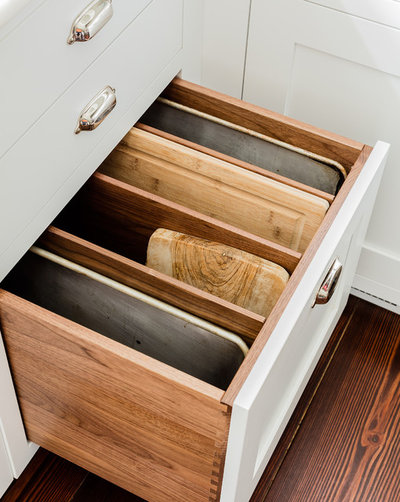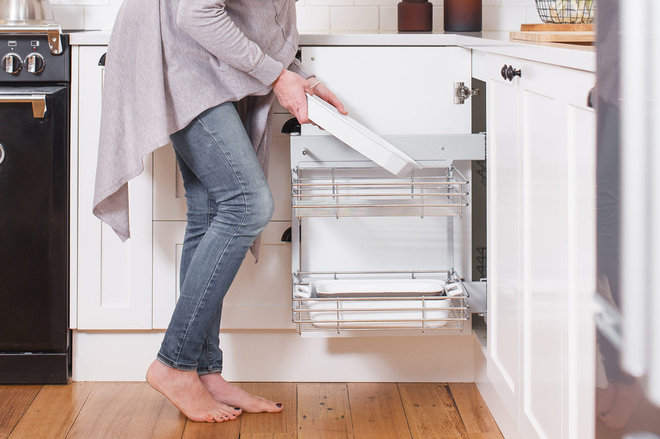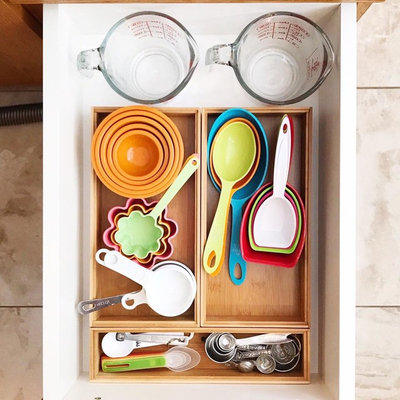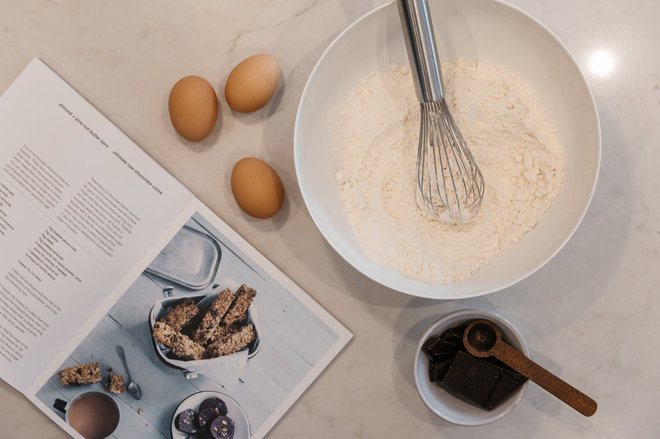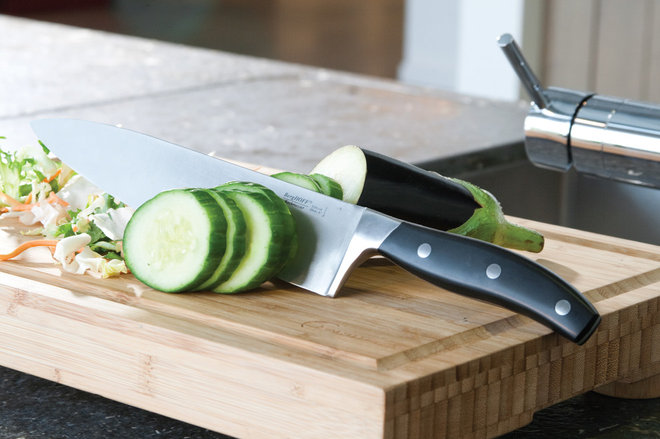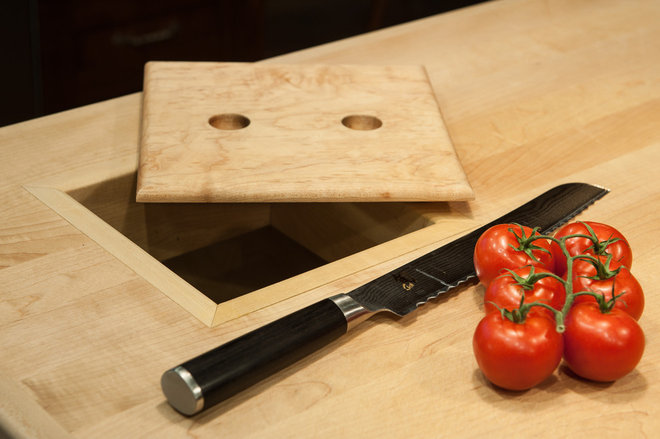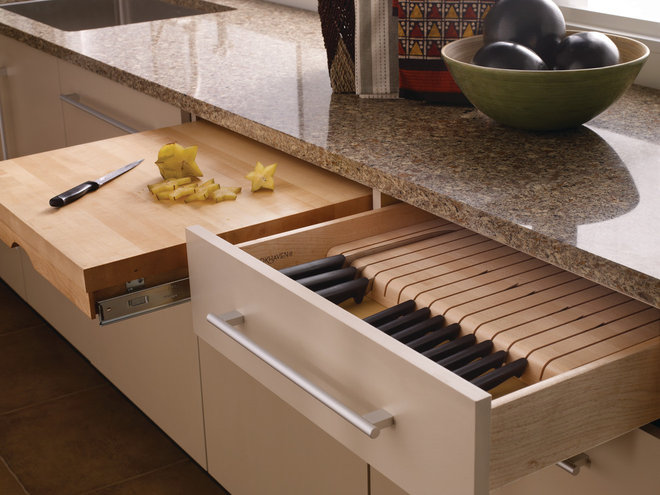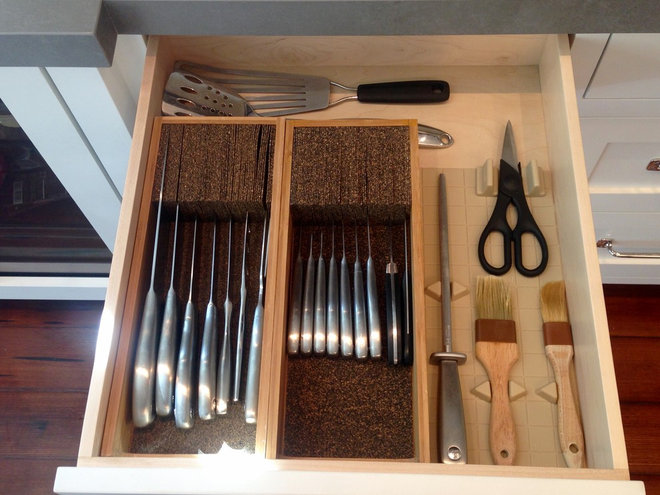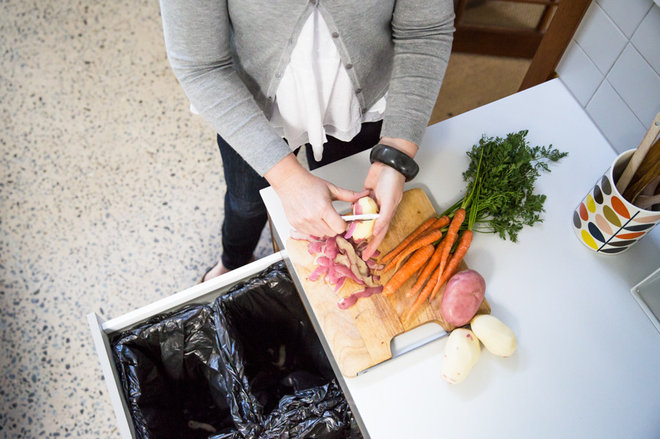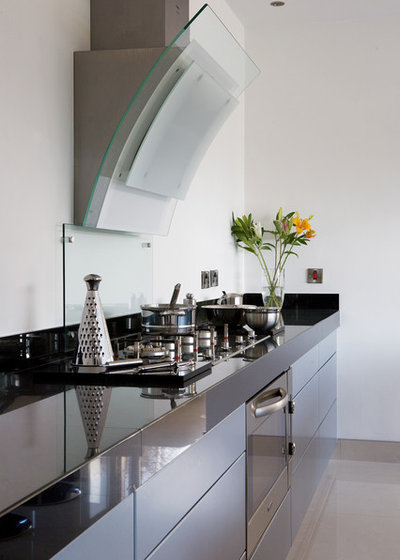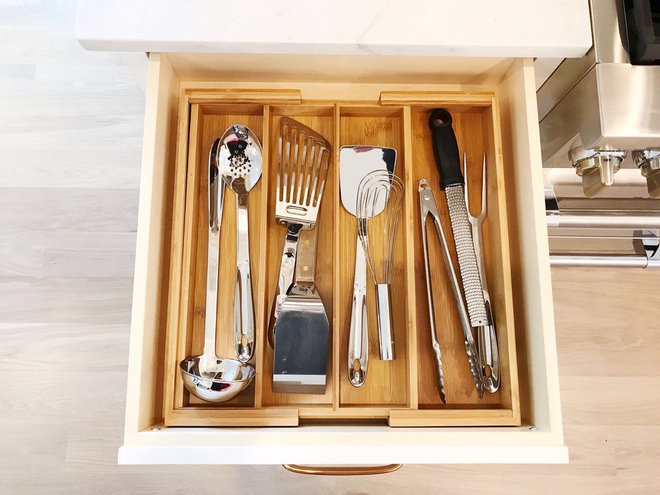Jump-Start Your Kitchen With These Minimalist Essentials
3. Wooden spoon. A wooden spoon (or two or three) is an indispensable kitchen tool. It’s useful for stirring, scraping, tasting and blending, and you don’t have to worry about the wood scratching any of your cookware. Note: Your sauce won’t be able to tell if you bought the spoon at a bargain outlet or high-end kitchen shop.
Have room for a second pan? Go with stainless steel, or just branch out and get a bigger (or smaller) version of the same. A cast-iron skillet needn’t be expensive; just be sure to look for one that’s solid cast iron, and season it properly before use.
How to season a cast-iron pan: Rub about a tablespoon of olive or vegetable oil over the surface of the clean, dry pan, inside and out. Wipe away excess oil so just a thin layer remains. Put the pan in a 300-degree oven for an hour, let cool, then rub with a clean rag. After the initial seasoning, clean your pan promptly after each use with a paper towel and a bit of oil. You can remove stuck-on food with hot water and a soft brush — but don’t use soap. Soap will remove the seasoning, which is what creates that wonderful nonstick surface.
A 5½-quart pot is ample for most purposes, although you can certainly go bigger. But be warned: These pots are extremely heavy. I once dropped my just-washed Dutch oven on our glass-top stove, and it cracked the stovetop (with not a mark on the Dutch oven). Unless you inherit one, a Dutch oven is a pretty hefty investment — but its versatility and long life make it worth it.
7. Colander. A sturdy colander in a generous size can handle everything from straining a big pot of pasta to washing berries. It can even stand in as a fruit bowl on the counter.
The important thing, food safety-wise, is to reserve one cutting board solely for handling raw meats and to sanitize it after each use.
Aluminum is a popular choice because it heats and cools quickly, which can keep delicate items from burning. Go with natural aluminum — a more versatile choice than nonstick, because it can handle higher temperatures — in a half-sheet-pan size, which fits well in most ovens. There’s no need to break the bank on a sheet pan, but avoid pans that feel really flimsy.
A set of measuring spoons, a set of dry measuring cups and a glass 2-cup liquid measure should be able to handle all your needs. Metal cups and spoons will last longer than plastic, but either will get the job done.
17. Kitchen scissors. Useful for snipping herbs, opening packages and trimming cut flowers, you’ll want a dedicated pair of kitchen scissors in your drawer. You could use a regular pair of scissors, but kitchen shears are handy because they’re heavy-duty enough to handle cutting through chicken and tough flower stems.
Browse box graters
21. Spatula. If you buy only one spatula, make it a fish spatula. This oblong flipper has a thin front that’s great for getting under pancakes, cookies and burgers, not to mention fish. Stainless steel works with cast iron and stainless steel pans, but get a silicone-coated version if you plan to use it with nonstick cookware.
22. Tongs. Use tongs to turn meat, pick up hot rolls, pull corn on the cob from a pot of hot water, pluck out a single strand of pasta to test doneness, even to toss and serve salads. Choose a simple 12-inch stainless steel version with a locking mechanism at the hinge end.
